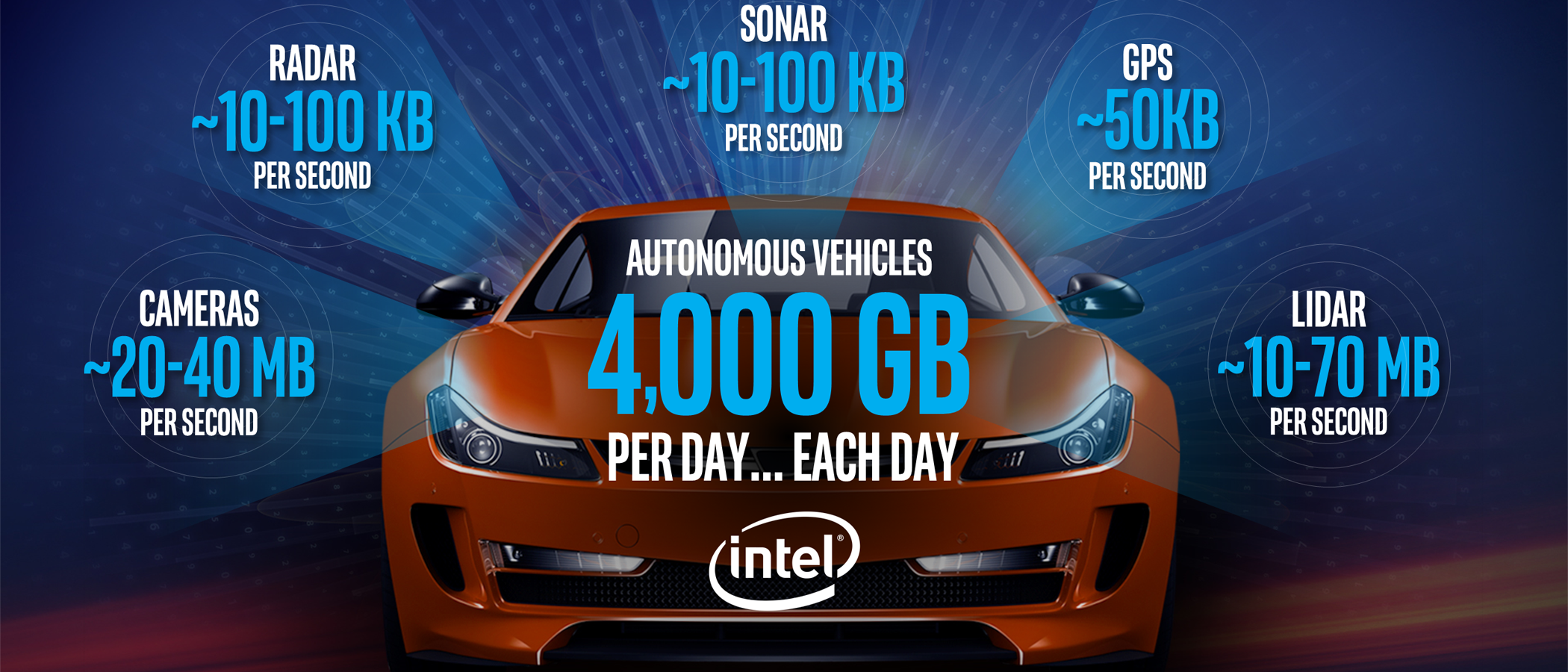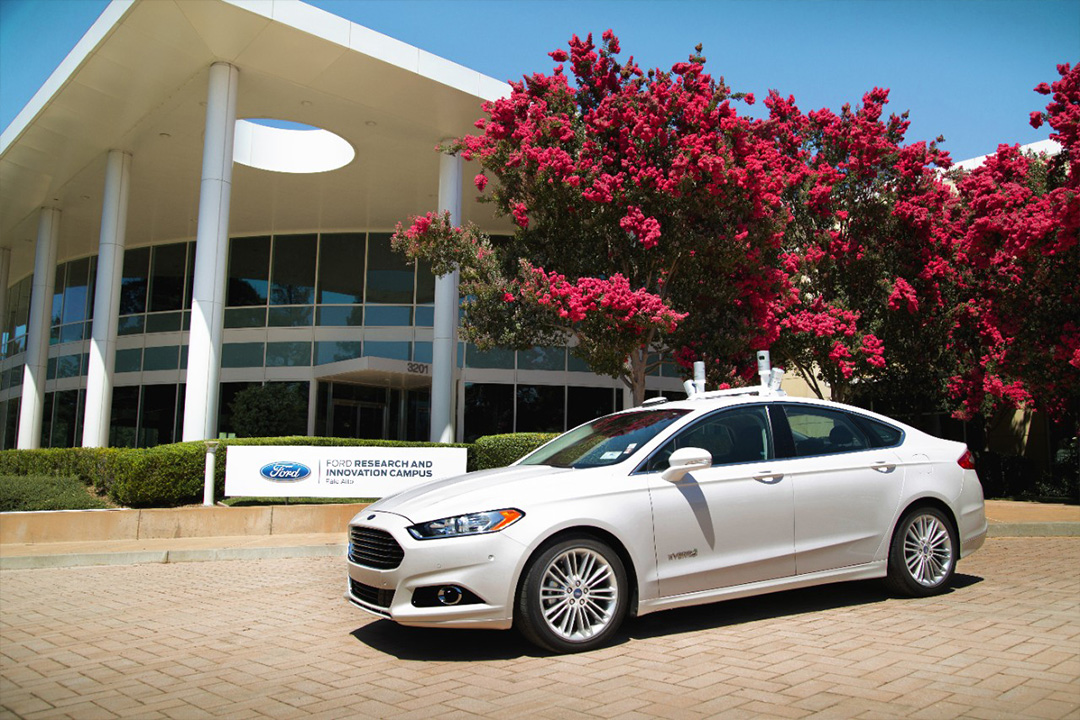
5 min read
Ford recently announced their long-term strategic plan and at the center of it is a focus on connected cars. As part of a six point plan unveiled to investors, the automaker has thrown its hat into the ring and asserted that it is "evolving to become [the] most trusted mobility company, designing smart vehicles for a smart world". Ford promises that by 2019 100% of new vehicles that ship in the US will be built with Internet connectivity and by 2020 90% of new vehicles that ship internationally will include this functionality. A major push to add Internet connectivity is that it enables the new services and features including advanced driver assistance systems and autonomous driving that this 114 year old car manufacturer will need to add in order to stay competitive.
Ford is likely to learn that it's easier to slash $14 billion in operations (another pillar of the strategic plan) than it is to play catch-up in the competitive landscape of connected and autonomous cars. Ford is extremely late to the technology game, a game in which it has very little experience. More importantly, Ford and other traditional car makers may be ill-equipped to play this game and effectively compete against the likes of digital native software companies like Tesla, Uber, Apple, Google who are aggressively entering this space.
President and CEO Jim Hackett understands the magnitude of the challenges that Ford faces and told investors that "when you're a long-lived company that has had success over multiple decades the decision to change is not easy – culturally or operationally".
So what can Ford do to compete? It's time for them to start thinking like a software company.
Connected and Autonomous Cars Are Mobile Datacenters
Autonomous cars are a complex combination of sensors, data pipelines, applications, on-board networking, user interfaces, and networked devices. These systems are even more complex than those that run in web scale, mission-critical datacenters. Moreso, unlike your favorite web or mobile app, downtime due to failures or updates can be downright deadly.
The sensors in connected cars, such as laser-based lidar (light detection and ranging) and thermal-based safety systems, combined with other necessary systems, such as GPS, allow autonomous vehicles to know where they are on the map and in relation to objects around them. Due to the multitude of sensors and cameras required to accomplish this, it's estimated that each autonomous vehicle will generate and consume about four terabytes of data for every eight hours of driving. This is roughly the same amount of data as 1.2 million photos, 70,000 hours of music, or 4,000 hours of video.
If that doesn't make your head spin, think about how quickly the systems of an autonomous car must act on that data in order to drive down the road and avoid deadly collisions. At highway speeds, a car covers an entire football field of distance every 3 seconds. At that pace, there isn't time to send data to the cloud for processing and then return directives to the car. The one second latency we might find mildly annoying in our favorite mobile apps can make the difference between safe travel and an accident. The ability to respond to sensor data as close to real-time as possible requires massive amounts of computing power on board each car.
If you find this remarkable, note that even the average non-autonomous vehicles today have between 25 and 50 CPUs. These computers are commonly networked, and control everything from blind-spot and pedestrian collision warnings, automated braking, maintaining a safe distance while using cruise control, and many, many other safety and convenience features.
According to a report from IHS Automotive, the number of self-driving vehicles on roads worldwide is expected to grow to 21 million by 2035. Multiply that by 4 TB of data collected and processed per day and you can start to see the magnitude of the problem automakers are facing. Not even upcoming 5G networks can transmit this volume of data from each car to the cloud and back fast enough. For this reason, autonomous cars (and other modes of transportation) will need to process this data in real time and must do so increasingly at the edge.

Successfully Managing Connected Car Complexity
Some of the brightest minds have been working at the most technologically advanced companies in the world to solve these problems. Google, for example, relies on nearly a million servers to power its operations. To manage this mind-boggling complexity, the company created its own software, "Borg".
Borg inspired another computing management system, the open source Apache Mesos platform. Mesos is now used in the connected car space by companies like Uber and Audi and by many leading software companies including Twitter, Verizon and Bloomberg. Mesos and our commercial distribution, Mesosphere DC/OS, provide companies of all sizes and ages the opportunity to build the next world-changing innovation, as DC/OS can help you manage massive distributed data centers and edge computing, while making fast data processing easy.
Platforms like ours open up the possibility of a new age of computing, where software is seamlessly managed across infrastructure wherever it exists in the world. As companies work to solve the challenges presented by autonomous cars, they will change how computing and communications systems are architected. They'll have to; there's no other way to build the systems that power autonomous cars, smart cities and buildings, and other connected technologies.









